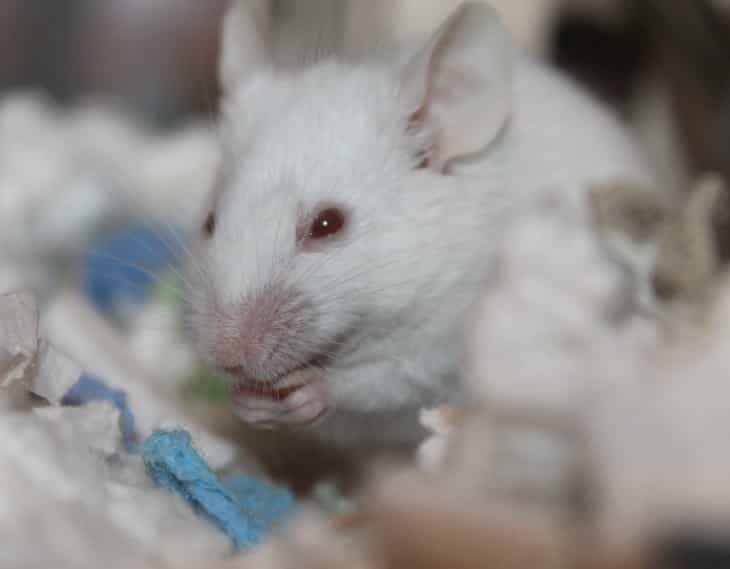Lots of people are afraid of mice, but not all of them are just pests – some are extremely useful for scientists.
Lab mice do a vital job, being experimented on, so they can't be just regular mice – they have to stay perfect for experiments.
Here are a few reasons why lab mice are different from regular ones.
Environment
Lab mice are specifically bred and raised in controlled laboratory conditions.
They live in cages designed for research purposes, where scientists can carefully monitor their health and behavior.

Regular mice, on the other hand, live in their natural habitats, such as fields or homes.
Genetics
Lab mice are bred to have specific genetic traits that make them more suitable for scientific studies.
Scientists can modify their genes to study particular diseases or conditions.
Regular mice have natural genetic variations that occur in wild populations.
Health and Care
Lab mice receive regular health checkups and are cared for by scientists and veterinarians to ensure their well-being.
They are provided with specialized diets and clean living conditions.
Regular mice rely on their natural instincts to find food and shelter and may face challenges related to predators, diseases, or lack of food.
Lifespan
Lab mice are bred for research purposes and their lifespan may be shorter compared to regular mice.
Scientists often need to study multiple generations of mice within a shorter timeframe to gather data efficiently.
Regular mice have a lifespan determined by their natural environment and survival factors.
Behavior
Lab mice may exhibit different behavior patterns due to their controlled environment and genetic modifications.
They are accustomed to being handled by humans and may have reduced fear or aggression compared to regular mice.
Regular mice display natural behaviors and instincts necessary for survival in their wild habitats.
Previously, we talked about Persian cats.









